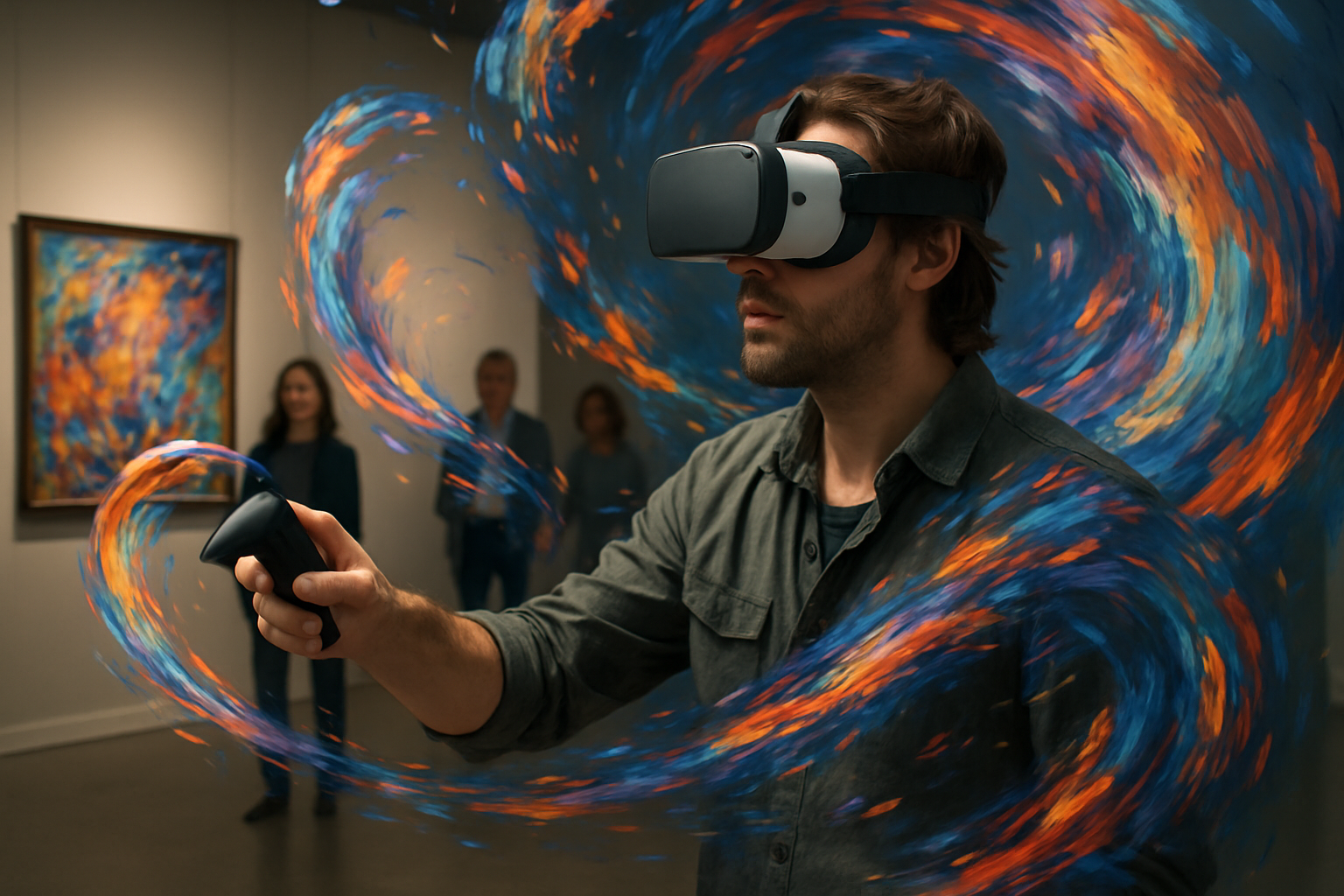Breaking Boundaries: The Rise of Sensory Exhibitions
In the ever-evolving landscape of contemporary art, a groundbreaking trend is captivating audiences and challenging traditional notions of artistic expression. Sensory exhibitions, immersive experiences that engage multiple senses beyond sight, are revolutionizing the way we interact with art. This innovative approach is transforming galleries and museums into dynamic, multisensory environments, inviting visitors to become active participants rather than passive observers.

Beyond Visual Perception
Traditional art forms have primarily focused on visual stimulation, but sensory exhibitions break this mold by incorporating touch, smell, taste, and sound. This approach creates a more holistic and immersive experience, allowing viewers to engage with art on a deeper, more personal level. From scented sculptures to edible installations, these exhibitions push the boundaries of what we consider art.
Technology’s Role in Sensory Art
Advancements in technology have played a crucial role in the development of sensory exhibitions. Virtual and augmented reality, interactive projections, and sophisticated sound systems have opened up new possibilities for artists to create fully immersive environments. These technologies allow for dynamic, responsive artworks that adapt to the viewer’s presence and actions.
The Psychology of Sensory Engagement
Sensory exhibitions tap into the complex interplay between our senses and emotions. By stimulating multiple senses simultaneously, these experiences can evoke powerful emotional responses and create lasting memories. Neuroscientists and psychologists are increasingly interested in studying the impact of these multisensory experiences on perception, cognition, and well-being.
Challenges and Controversies
While sensory exhibitions have gained popularity, they also face criticism and challenges. Some argue that the focus on sensory stimulation can overshadow the conceptual depth of artwork. There are also practical concerns, such as accessibility for individuals with sensory sensitivities or disabilities. Additionally, the high production costs of these exhibitions raise questions about economic accessibility and sustainability in the art world.
Cultural Impact and Future Prospects
Sensory exhibitions are not just changing the art world; they’re influencing broader cultural trends. From retail experiences to educational settings, the principles of multisensory engagement are being applied in various fields. As technology continues to advance and artists push creative boundaries, we can expect sensory art to evolve in exciting and unpredictable ways.
The Democratization of Art Experience
One of the most significant impacts of sensory exhibitions is their ability to democratize the art experience. By engaging multiple senses, these exhibitions can make art more accessible to a wider audience, including those who might feel intimidated or disconnected from traditional art forms. This inclusivity has the potential to broaden art appreciation and participation across diverse demographics.
Ethical Considerations in Sensory Art
As sensory exhibitions become more prevalent, ethical questions arise regarding the manipulation of sensory experiences. Artists and curators must navigate issues of consent, potential sensory overload, and the responsible use of powerful emotional triggers. The balance between creating impactful experiences and ensuring visitor well-being is a delicate one that requires ongoing dialogue and consideration.
Global Perspectives on Sensory Art
The rise of sensory exhibitions is not limited to Western art scenes. Around the world, artists are incorporating culturally specific sensory elements into their work, creating a rich tapestry of global sensory art. From the use of traditional scents in Middle Eastern installations to the incorporation of indigenous sound practices in Australian exhibitions, sensory art is becoming a powerful medium for cultural expression and exchange.
In conclusion, sensory exhibitions represent a bold new frontier in the art world, challenging our perceptions and expanding the possibilities of artistic expression. As this trend continues to evolve, it promises to reshape our relationship with art, offering new ways to experience, understand, and connect with creative works. The future of art is not just something to be seen, but to be felt, heard, smelled, and tasted – a truly immersive journey for all the senses.





